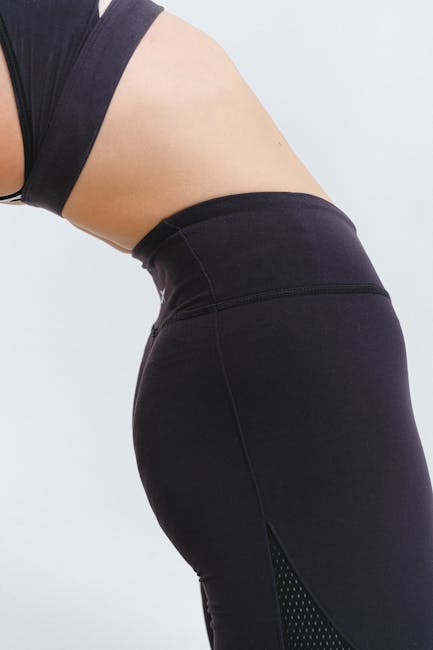
Osteoporosis, a debilitating bone disease, affects millions. But what if we told you there’s a gentle yet powerful way to combat it? Pilates, known for its focus on core strength and body awareness, may be a surprisingly effective tool in preventing osteoporosis and improving bone health. This comprehensive guide explores how Pilates works its magic and provides expert-approved exercises you can incorporate into your routine.
Understanding Osteoporosis and the Role of Pilates
Osteoporosis silently weakens bones, increasing the risk of fractures. While medication and diet play crucial roles, regular exercise is vital. Pilates excels here because it focuses on building muscle strength, particularly in the core, which indirectly supports bone density. The controlled movements improve posture, balance, and coordination, all crucial for preventing falls – a major cause of osteoporosis-related fractures.
How Pilates Benefits Bone Health:
- Increased Bone Density: Weight-bearing and resistance exercises, incorporated effectively in Pilates, stimulate bone cells to build stronger, denser bones.
- Improved Balance and Coordination: Reducing the risk of falls is paramount in osteoporosis prevention, and Pilates enhances balance and stability significantly.
- Enhanced Muscle Strength: Stronger muscles support bones, reducing strain and the risk of fractures.
- Improved Posture: Correct posture aligns the spine, distributing weight evenly and minimizing stress on bones.
Pilates Exercises for Bone Health:
Consult your doctor or a qualified Pilates instructor before starting any new exercise program, especially if you have osteoporosis or other health concerns. Here are a few examples of exercises that are particularly beneficial:
1. The Hundred:
This classic Pilates exercise engages the core and improves endurance, contributing to overall strength.
2. Spine Stretch Forward:
This movement improves spinal flexibility and strength, crucial for maintaining good posture.
3. Roll Up:
The roll-up strengthens the abdominal muscles, supporting the spine and improving core stability.
4. Bridge:
This weight-bearing exercise is excellent for strengthening the hips and lower back, areas particularly vulnerable in osteoporosis.
5. Single Leg Circles:
These improve hip and leg strength, contributing to better balance and stability.
Remember to perform these exercises with proper form and gradually increase intensity as you get stronger. Listen to your body and stop if you experience any pain.
Beyond Pilates: A Holistic Approach
While Pilates is a fantastic addition to your bone health strategy, it’s essential to adopt a holistic approach. This includes a calcium-rich diet, sufficient vitamin D intake, regular weight-bearing exercise (walking, jogging, etc.), and regular bone density screenings.
Conclusion:
Pilates offers a safe and effective way to strengthen bones and improve overall health, significantly aiding in the prevention of osteoporosis. By incorporating Pilates into your lifestyle alongside a healthy diet and regular bone density checks, you’re taking proactive steps towards a stronger, healthier future.
